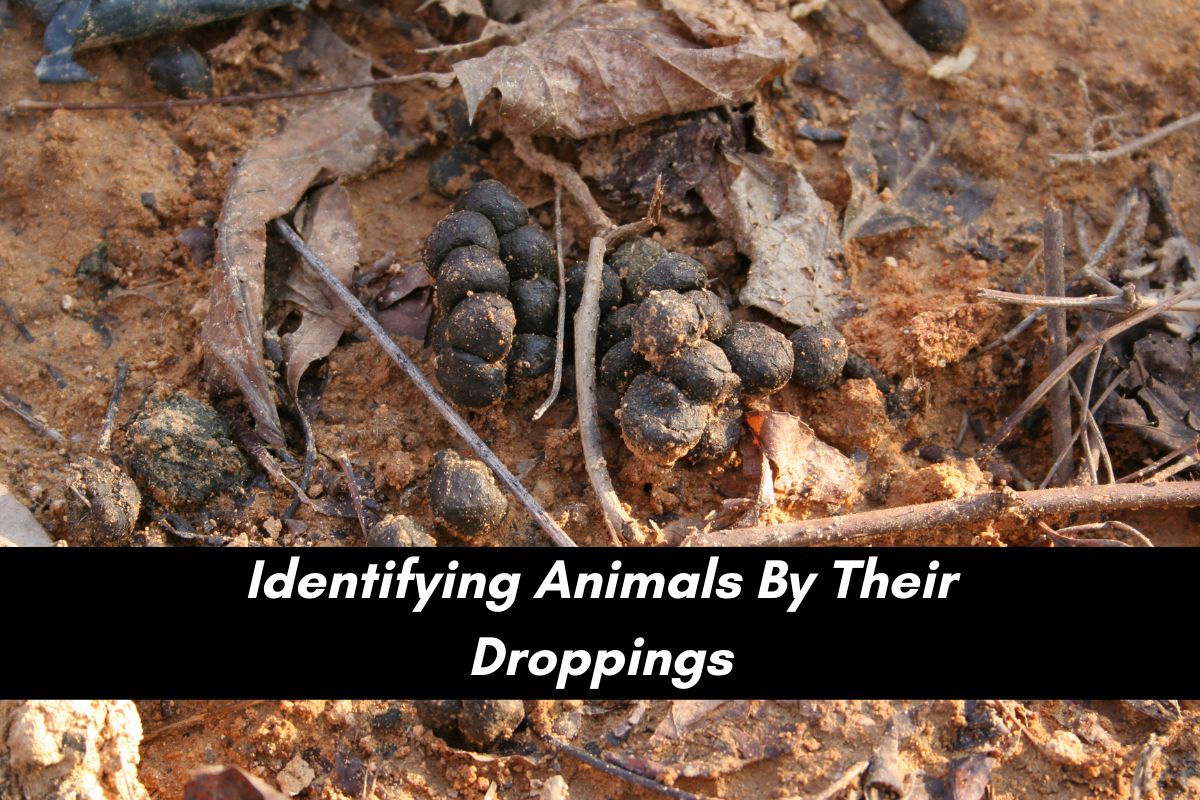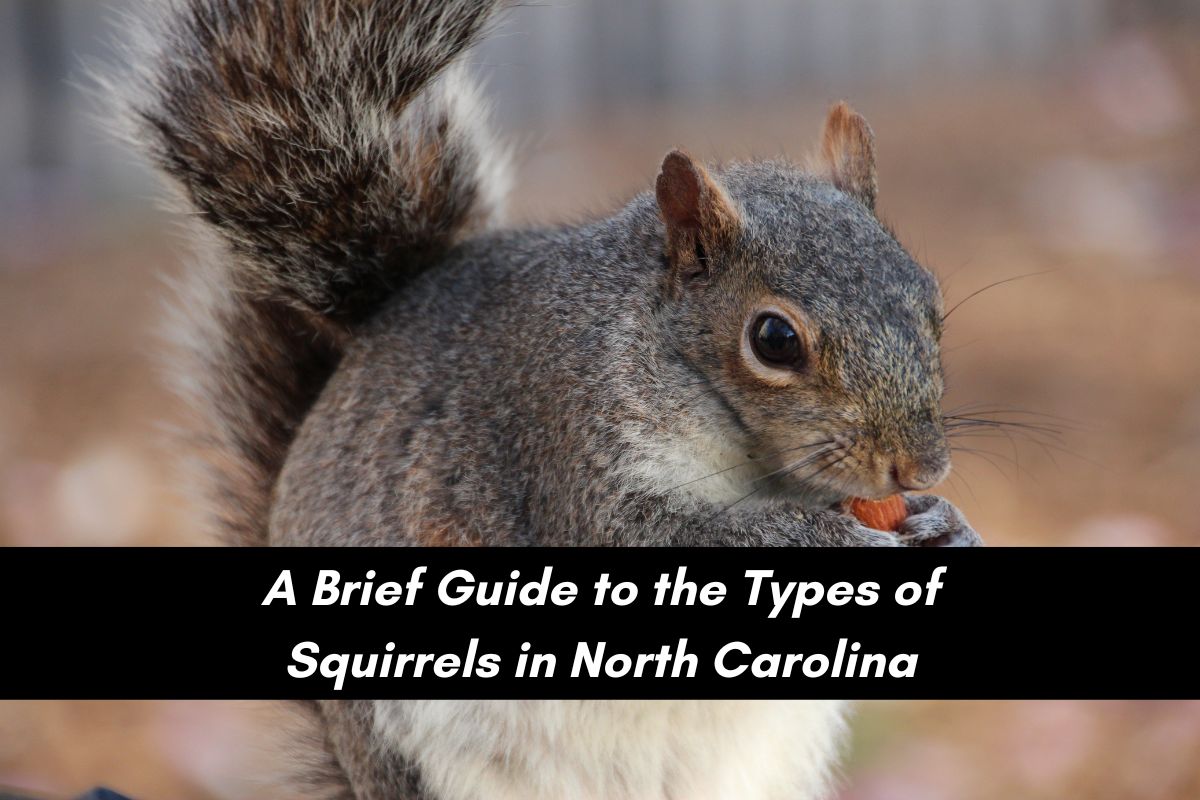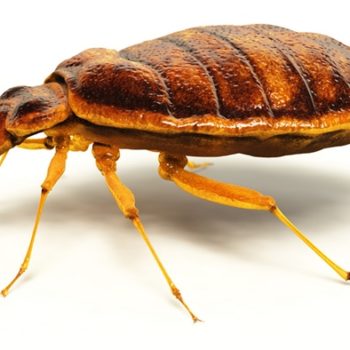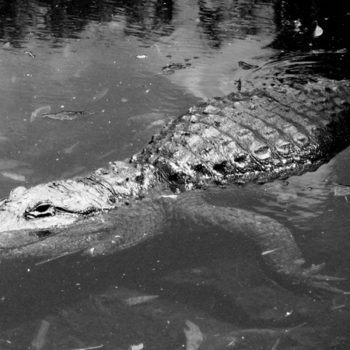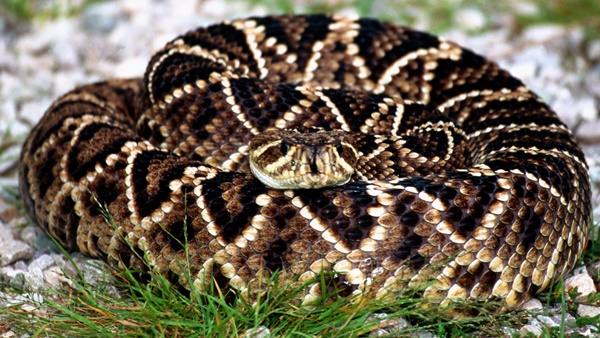
Rattlesnakes in North Carolina and Raleigh
- Posted by AdminBW
- On June 28, 2016
- 0 Comments
Spring and summer in North Carolina mean lots of outdoor activities, including hiking, playing in the woods, and other means of accidentally stepping on unsuspecting snakes. Now, before you start to jump at anything that looks like a snake in the back yard, take comfort that almost all snakebites are defensive and can be easily avoided. Since copperhead snakes are well known in the region, we think it might be a good idea to talk about another venomous snake that should be respected and understood – the rattlesnake.
North Carolina Rattlers
There are three types of rattlesnakes that call North Carolina home: the timber rattlesnake, eastern diamond back, and pigmy. The timber can be found throughout the state, and the eastern diamond back and pigmy rattlesnakes are found in southeastern areas.
Timber Rattlesnake
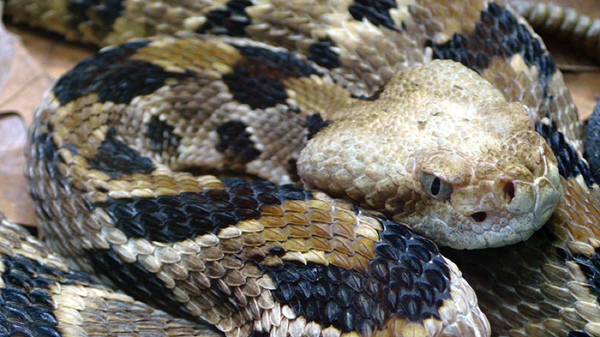
Located throughout the state, but most heavily in the Coastal Plains and Blue Ridge mountains. They can handle diverse habitats, from rivers and marshes to wooded areas and fields.
o Adults range from 3-6 feet
o Come in an assortment of colors
o Backs usually adorned with long brown or orange streaks. They also have prominent black V-shaped bands running the length of their bodies
Timber Rattlesnake Regions:
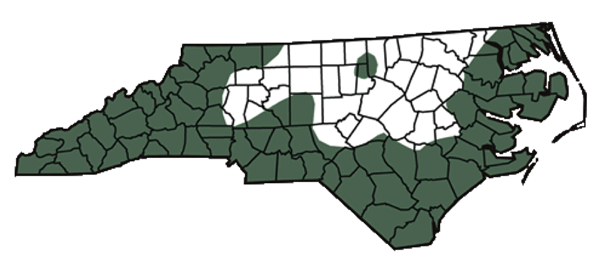
Eastern Diamond Back Rattlesnake

The largest of the 32 recognized rattlesnakes, and are found mostly in the southeastern regions of the state.
o Adults range 33”-72” and weigh nearly 10lbs
o Covered with brown diamonds surrounded by lighter scales
o Moves most often in morning or sunset during summer
Eastern Diamondback Rattlesnake Regions:
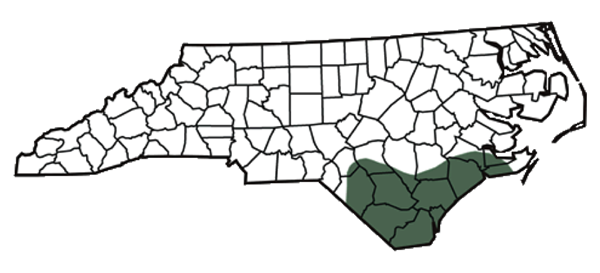
Pigmy Rattlesnakes
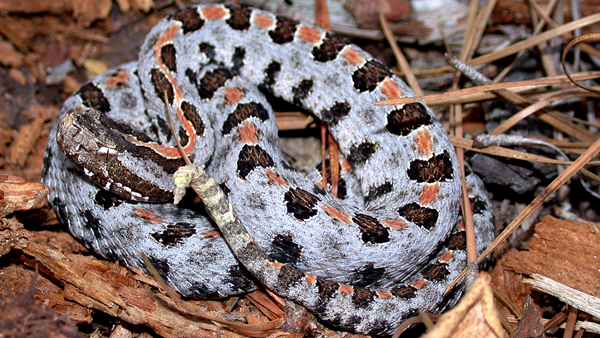
Smaller than the other two rattlers found in North Carolina, the pigmy is found in the Coastal Plains, but it can also be found in more central southern regions of the state, bordering South Carolina.
o Adults range from 14”-22”
o Can be gray, tan, or lavender
o Small rattle that often goes unheard
Pigmy Rattlesnake Regions:
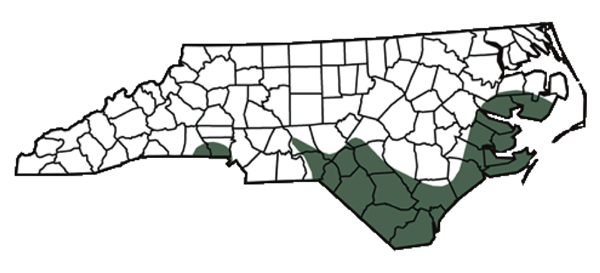
Staying Safe
When hiking or walking through the wilderness – or even just some overgrowth that isn’t often disturbed, take care where you step. Since most bites occur out of accidents instead of intentional confrontation with rattlesnakes, this means most bites can be avoided. When hiking, wear thick and high top boots. You may also want to carry a walking stick you can use to check for snakes in hidden areas before continuing.
If you see a snake, stop and back away. Do not try to move or kill the snake, as they are very well equipped to defend themselves with lightning reflexes and venom injecting fangs.
If you are concerned that a rattlesnake, or any poisonous snake, has taken up residence in or near your property, it’s best to contact a professional to survey the situation and remove the animal. If you have any questions, or you found yourself making eye contact with something holding a rattle that was not a cute baby, give us a call at 919-382-0651 or visit our contact portal, and we’ll be in touch.




